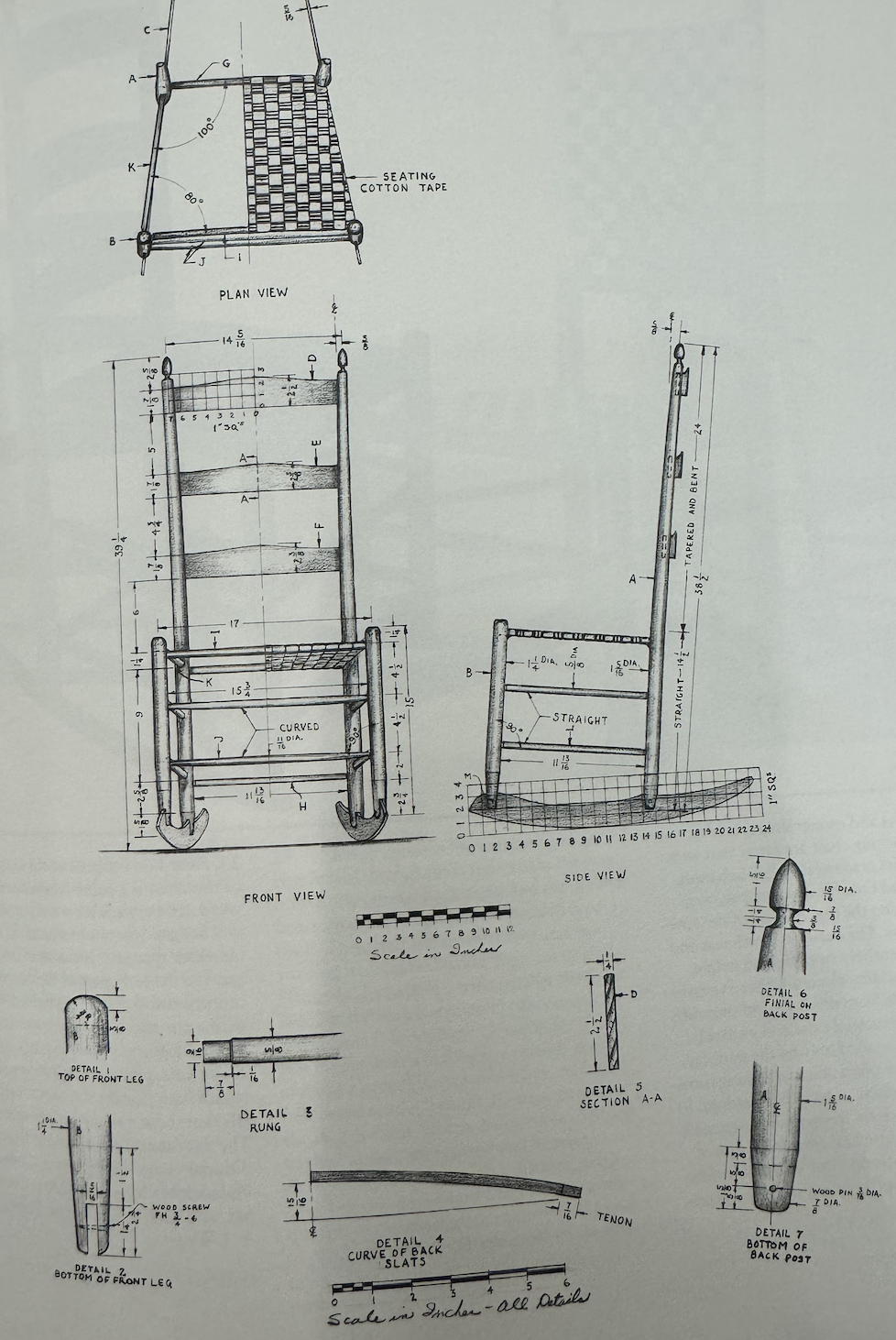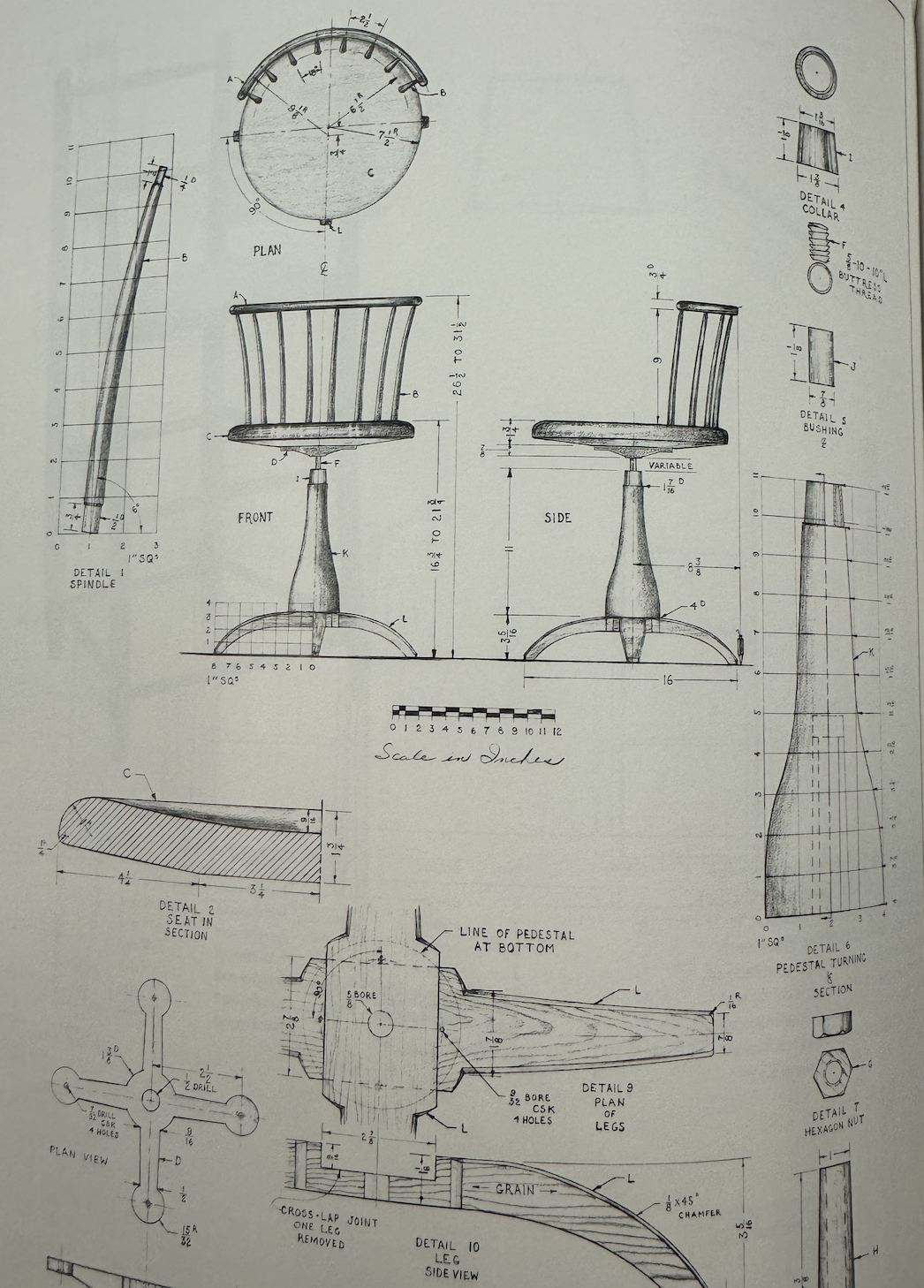The Woman Clothed
By The Sun
An upcoming historical drama musical film directed by Mona and stared by Amanda Seyfried as Ann Lee, the founding leader of the Shakers religious sect.

Pre-Production
I was invited by producer Sam Bader to join the team of A Woman Clothed by the Sun, a period film that tells the story of Ann Lee — founder of the Shakers, a religious group known for their minimalist values and influential design legacy. Set in 18th-century New York and filmed in Budapest, the production required deep historical accuracy.
Set design research
Location: Budapest (filming) | New York (research)
Client: Independent Film Production
Year: 2024
Role: Set Design Researcher
Art Department bible
To guide my work, Sam provided me with the art department “bible,” which included the director's visual references, photography guidelines, and the selected filming locations in Budapest. This document was essential in helping me understand the aesthetic vision of the film and the specific needs of the production design.
My responsabilities
As a set design researcher, I spent time at the New York Public Library conducting visual and material research to support the scenic design team. My role involved gathering archival images of 18th-century streets, signage, drawings, furniture, and objects to serve as reference for the art department and carpentry teams during set construction in Budapest.
Movie industry
This project expanded my experience in historical research for film and deepened my appreciation for the intersection between design, storytelling, and cinema.
Sinage & Facade
It was particularly enriching to dive into early urbanism and explore rare documents that revealed how New York looked at the time — a city still in its infancy, with unpaved roads, wooden houses, and hand-painted signage. The scale was intimate, the infrastructure rudimentary, and the landscape far more rural compared to the dense, vertical metropolis we know today.


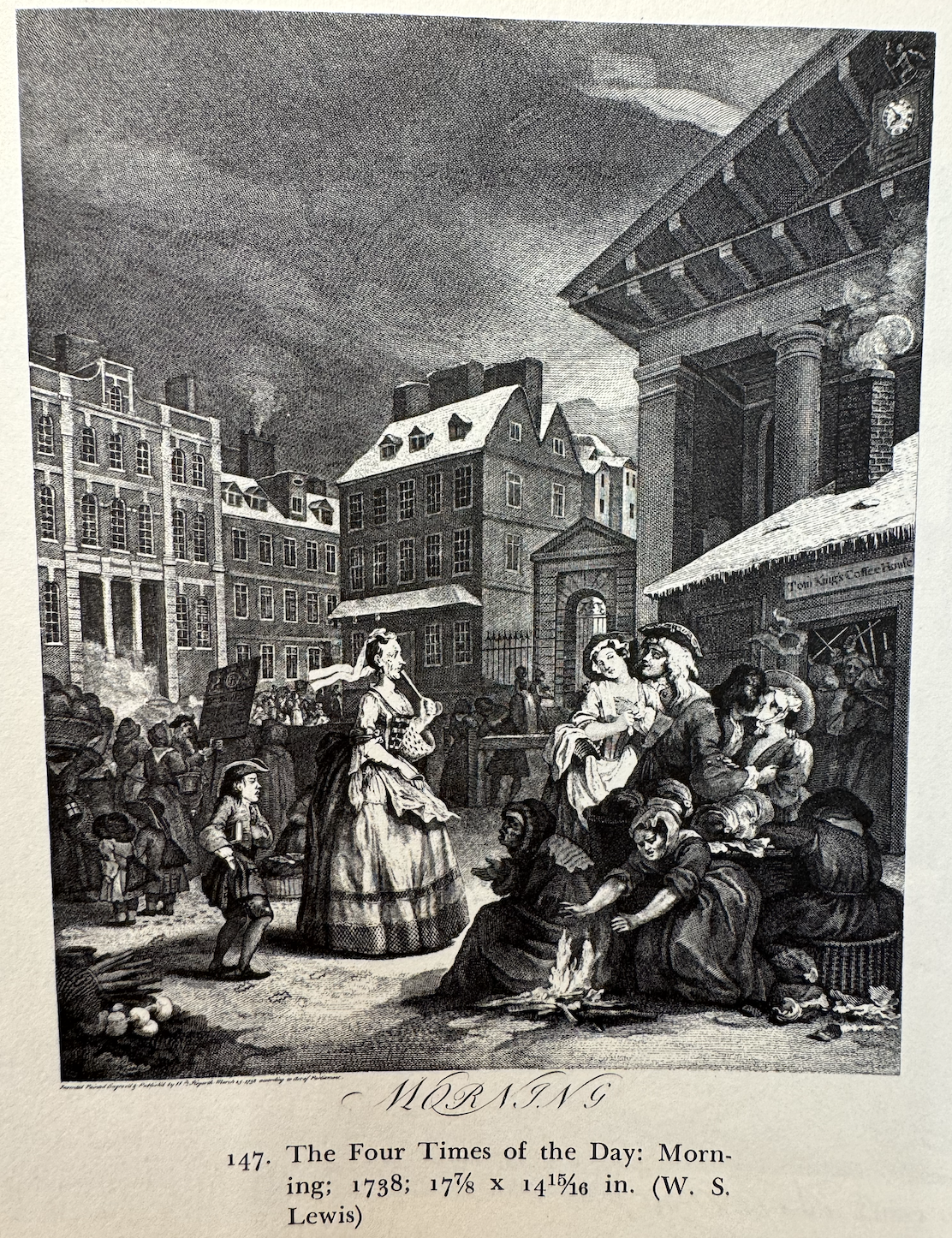

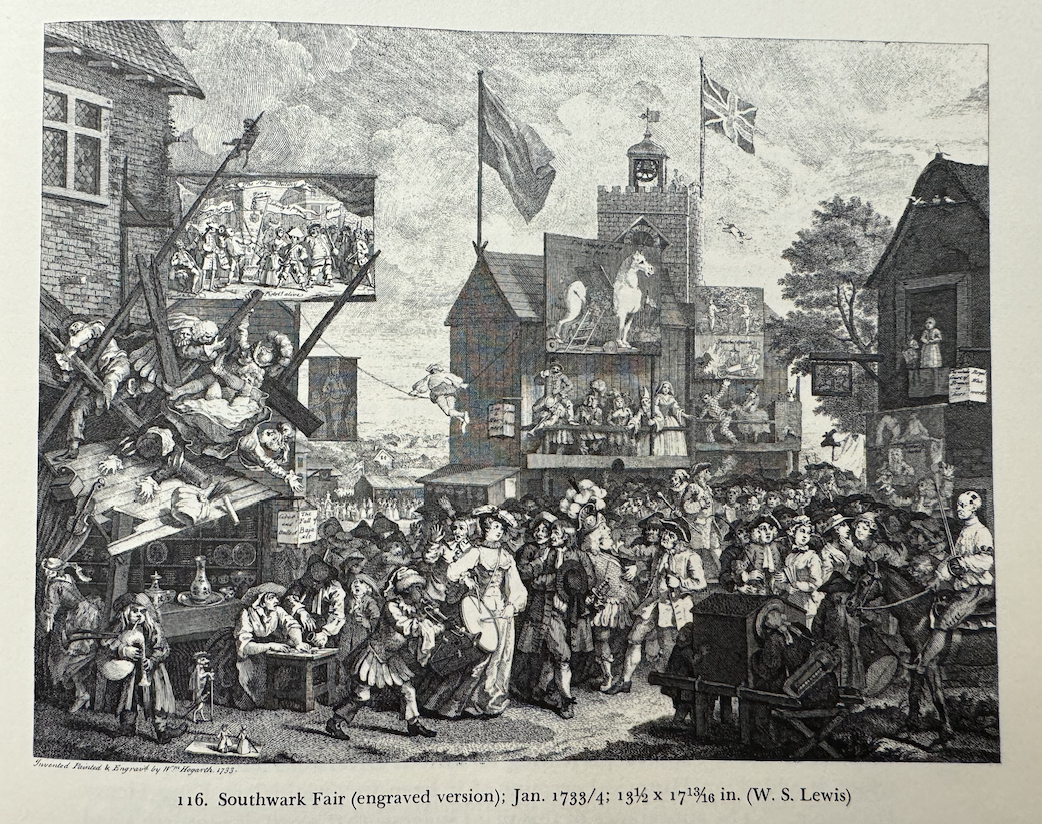
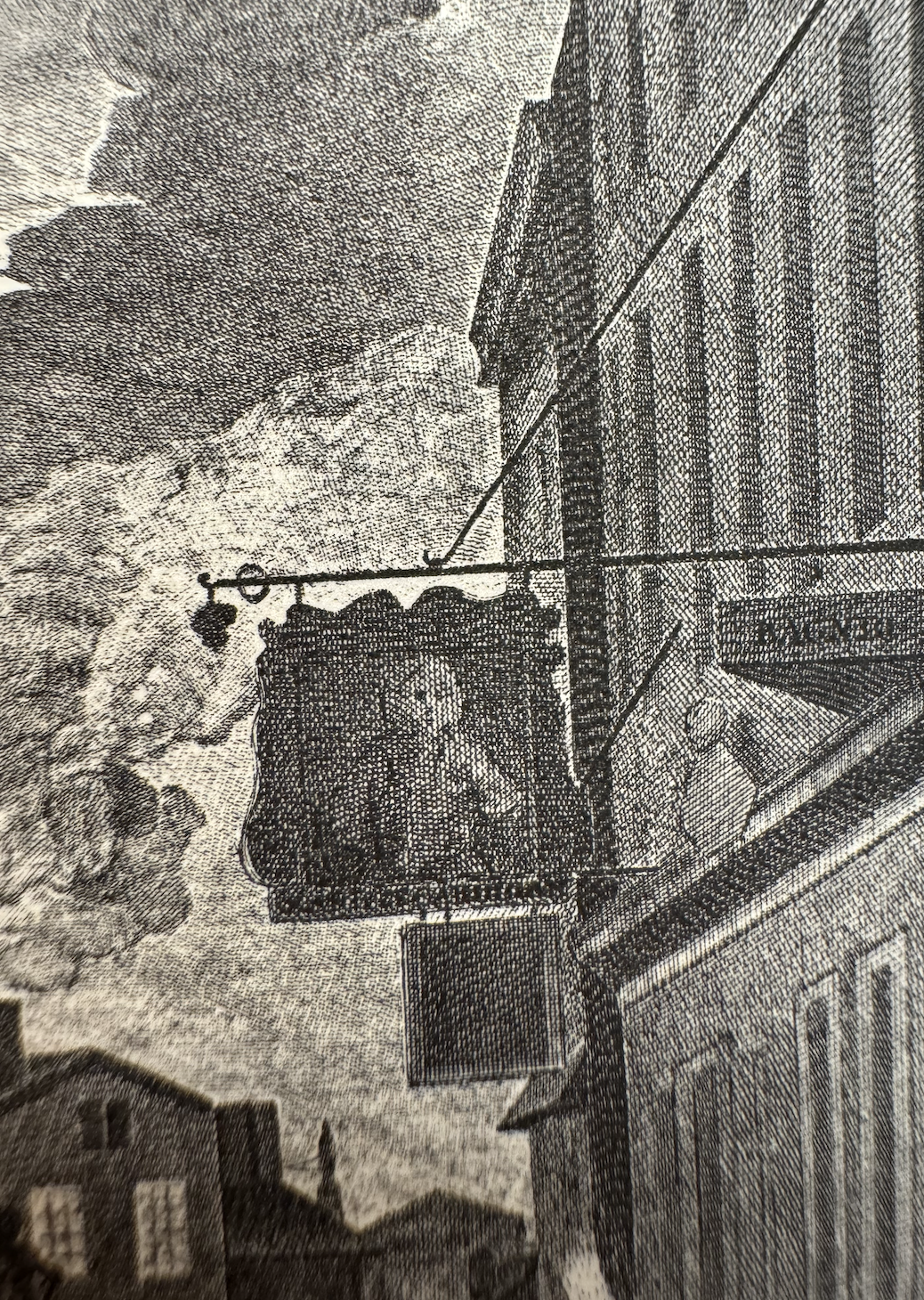

Shaker's Design
I also deeply enjoyed learning about the Shaker movement and studying their values and contributions to functional, timeless design. Their approach embraced simplicity, honesty in construction, and purpose-driven aesthetics — a philosophy where beauty was a result of utility.
The Shakers used design as a spiritual practice — they believed that creating well-made, functional objects was a form of worship. Their motto “Hands to work, hearts to God” guided their design ethos. Every object had to serve a purpose, be honest in its construction, and reflect order, discipline, and humility. Design was not for show, but to support a harmonious, communal, and efficient lifestyle. This utilitarian approach gave rise to beautifully simple forms, innovative storage solutions, and furniture that has stood the test of time both functionally and aesthetically.

